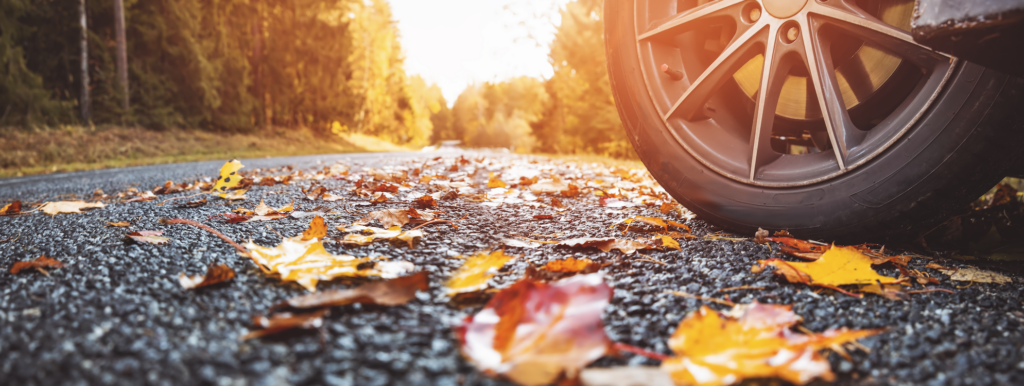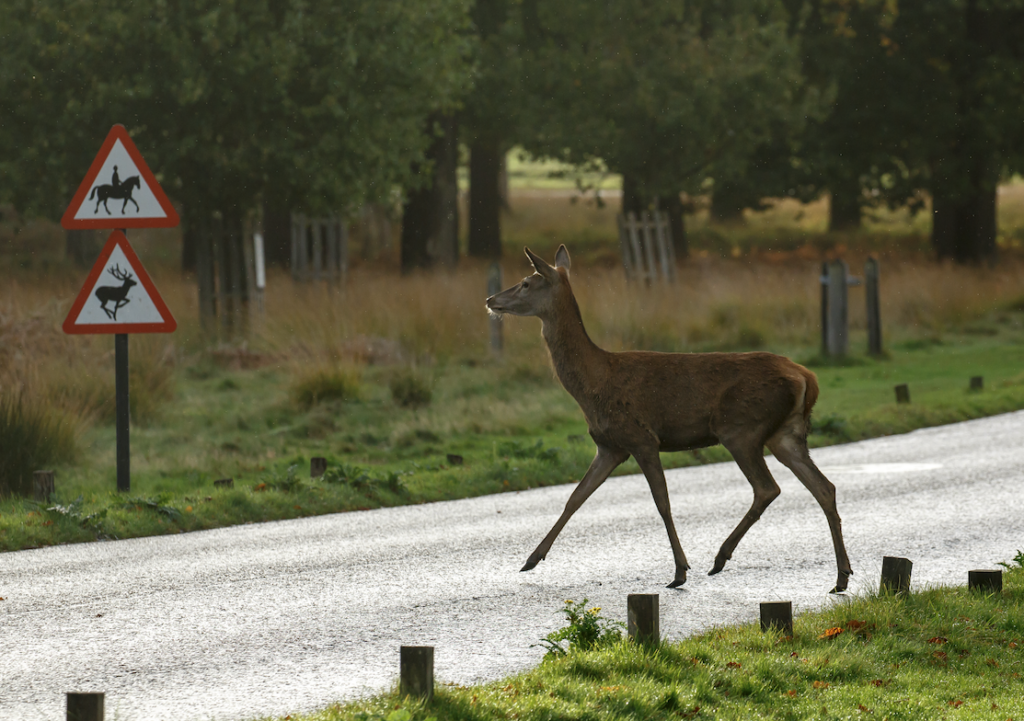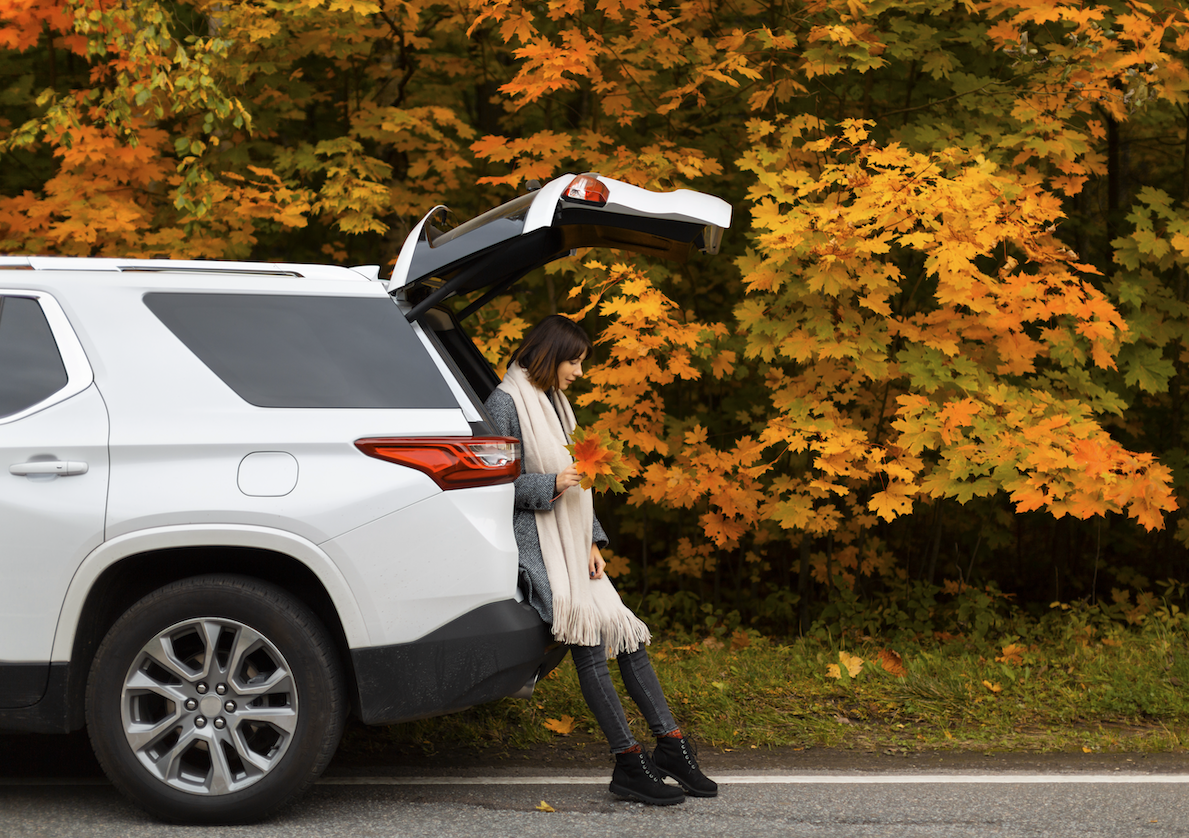Do you enjoy driving in the autumn?
Autumn brings unpredictable weather, which can shift from sunny and dry to windy and wet in a matter of minutes and poses significant challenges for drivers. The season’s falling leaves and potential foggy and misty mornings underscore the importance of adapting to these changing conditions.
It is important that your car is autumn-ready. You need to check your lights, especially your fog lights, to make sure that all bulbs are working and can be seen. You also need to make sure your antifreeze is topped up, and your screen wash is full, as you will need to wash your screen more often. This is especially true if you’re driving on rural roads that have a range of unique hazards that worsen in colder weather. Check your wipers, too – they don’t need to be falling apart before you consider changing; a slight reduction in their wiping ability can cause serious problems, especially when dealing with oncoming glare from other vehicles’ headlights at night.
Be prepared when driving on rural roads in autumn – tractors harvesting their crops can leave huge amounts of mud on the road – often without warning.
Check your oil and fuel levels, and if driving an electric car, then make sure it is well-charged before each journey. Being stranded in the cold and damp is not a nice experience. You also need to ensure your breakdown and recovery service is in order, with the phone number stored so you can quickly call if needed.
Your car’s battery health is also important; with the wipers, headlights, heated seats, and demisters all on, the battery is under more strain. Short journeys often mean the battery does not have much chance to recharge either.
Many drivers go months without driving in the dark over the summer months. It’s only when the nights start to draw in that they may find themselves, once again, driving in the dark and having to adapt. If you don’t do something for a while, you will be out of practice. This also goes for nighttime driving where many collisions happen.
When the clocks go back at the end of October, insurance companies report an increase in road collisions between 4 p.m. and 7 p.m.

Tyres are of utmost importance during the autumn season going into winter, as you need to be confident that they will grip the road in all conditions. After a spell of dry weather, roads can be very greasy, and with heavy downpours, they can be treacherous, so having plenty of tread left is critical. The legal limit is 1.6mm, but we recommend considering changing well before they get to this level.
With the changing seasons, the trees may look beautiful with colourful leaves, but those falling leaves can hide a multitude of road problems, such as potholes and side ditches, and can make traction very limited. Skidding on wet leaves is a common problem. If you find yourself driving in such conditions, it is wise to take extra care and reduce your speed when necessary. You will also find more wildlife on the roads in the autumn as they are out looking for food and shelter, such as badgers, hedgehogs and deer, so be aware of this and always keep an eye out on the sides of roads as well as the road ahead. Colliding with wildlife can result in serious accidents, even pile-ups on some roads, so leaving plenty of space between you and the car in front will give you the best chance to avoid being caught up in such. This is good practice and should be applied at all times, not just in autumn and winter.
Watch out for deer, especially so during the rutting season, which is between October and December. If you see a deer, look out – the chances are there will be more in the same area very close by.

The lower temperatures of autumn will also bring much wetter weather, causing many mornings to be foggy and misty, so driving with clear windows and good ventilation is essential. If there are any issues with your air conditioner not demisting very quickly, rectifying this as soon as possible is sensible. Check with your garage if you’re unsure what the issue may be. Fog lights should be applied as soon as you hit a patch of fog or heavy mist; this will alert other drivers to your road position and help you stay safe.
Driving in fog makes it much harder to judge speed and distance. Drivers are more likely to tailgate without realising it and merge from junctions when they shouldn’t. Guard against this by being aware of how fog impacts on your ability to see and judge.
The position of the sun is low in the autumn months, which can make driving very difficult, especially in the late afternoons. If it shines on a recently drenched road after a rain storm, it can be hard to drive safely with the reflection of the road and the sun simultaneously. It is a good idea to have a set of sunglasses in the car, use sun visors when necessary, and slow down until the reflections are not causing you forward visual issues. It is very easy to miss a vehicle merging from a junction if the sun is in your eyes.
As long as you are practising safe, observant driving, then you should be safe during the autumn months. As long as commonsense is applied, staying safe and sound on the road in the coming months is not difficult. Just slow the pace and avoid taking risks in adverse weather conditions.

